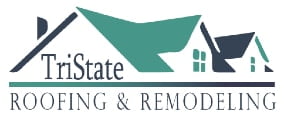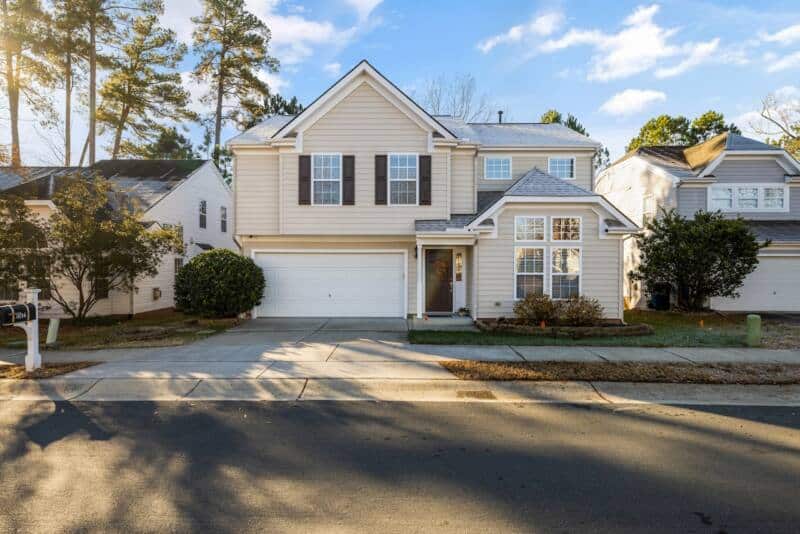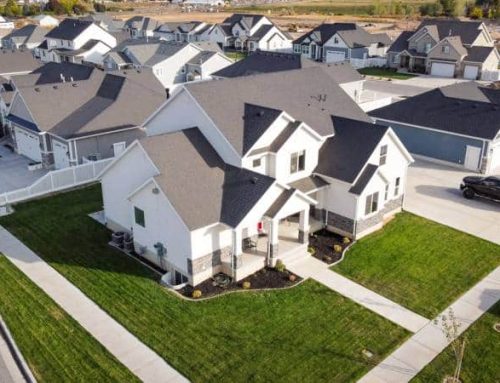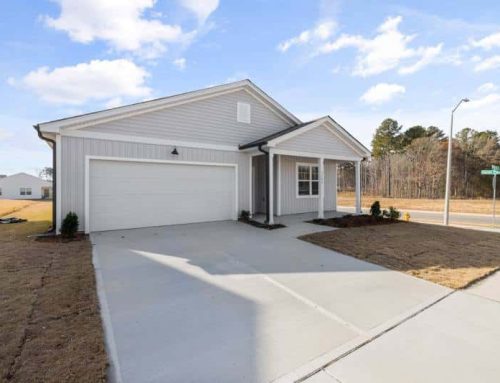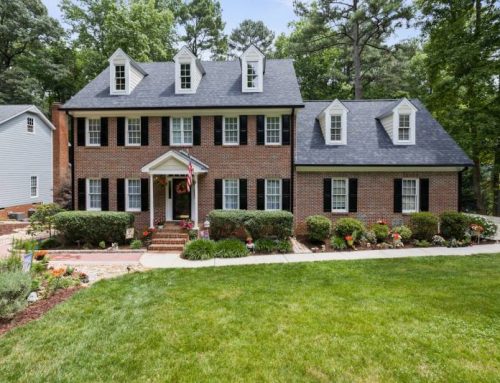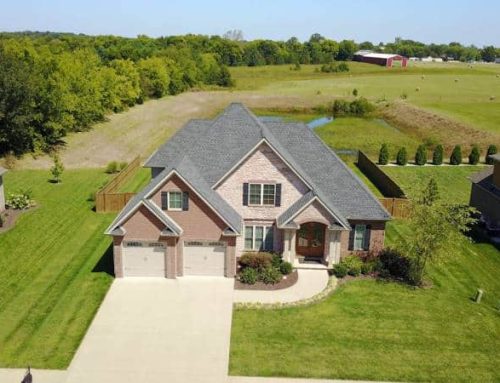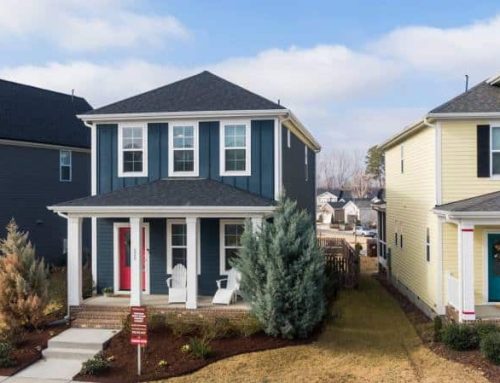Your roof is one of the most important components of your home. It protects you and your belongings from the elements and plays a crucial role in maintaining a comfortable living environment. However, over time, your roof may develop ventilation problems that can lead to a variety of issues, both inside and outside your home.
Recognizing the signs of a ventilation problem is crucial in order to prevent further damage and ensure the longevity of your roof. In this article, we will explore the common signs that indicate your roof may have a ventilation problem, and discuss the importance of addressing these issues promptly. By being aware of these signs, you can take the necessary steps to protect your home and maintain its structural integrity.
1. Icicles or Ice Dams
Icicles or Ice Dams are one of the most common signs of a roof ventilation problem. These are caused when warm air escapes from your home and reaches your roof, causing snow to melt and run down its surface. As the water freezes on its way down, it forms icicles or an ice dam at the edge of the roof. This can eventually cause melting snow to back up into your home and damage wood, shingles, or insulation.
2. Sagging Roof Deck
Another sign of a ventilation issue is the sagging of the roof deck. This occurs when warm air accumulates in the attic and causes moisture to build up on the underside of the roof deck. This can eventually lead to warping and sagging of the roof deck, which can severely weaken its structure.
3. Mold or Mildew
Mold and mildew are common issues in damp areas, and this is especially true when it comes to roof ventilation problems. Poor ventilation can cause excessive moisture buildup in the attic, which can eventually lead to mold or mildew growth on your roof deck or other surfaces.
4. High Energy Bills
Poor ventilation can also lead to higher energy bills due to the strain that it puts on your HVAC system. Since warm air is escaping from your home, your HVAC system has to work harder to keep your home at a comfortable temperature. This leads to higher energy bills and an overall decrease in energy efficiency.
5. Roof Leaks
Roof Leaks are another common indicator of ventilation problems. When warm air accumulates in the attic, it can cause moisture to form and eventually lead to roof leaks. These leaks can be caused by ice dams, but they can also be caused by faulty flashing or other structural issues.
6. Hot or Cold Areas in The Home
A poorly ventilated roof can cause hot or cold spots in your home, as warm air escapes from certain parts of the house and is replaced with cooler or warmer air. This can be especially noticeable in attics and upper levels of the home, where the temperature difference is more pronounced.
7. Your Air Conditioner Breaks Down
Finally, if your roof ventilation problem is severe enough, it can cause your air conditioner to break down. The strain from attempting to cool a home with poor ventilation will eventually lead to system failure.
Need a Roof Inspection?
When you partner with Tristate Roofing & Remodeling, we will walk you through the process of keeping your roof in its best shape. Contact us today to get started!
